Tag: intubation

Arterial Blood Gas: Time and Motion Study
Nursing workload using the Proxima versus standard arterial blood gas sampling Arterial Blood Gas (ABG) sampling is carried out in intensive care units (ICU) every day. Traditionally the nurse takes the blood sample and... read more
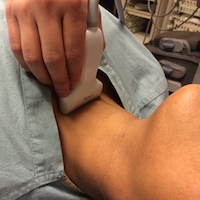
Effects of Video vs Direct Laryngoscopy on Successful Orotracheal Intubation in ICU Patients
Among patients in the ICU requiring intubation, video laryngoscopy compared with direct laryngoscopy did not improve first-pass orotracheal intubation rates and was associated with higher rates of severe life-threatening... read more
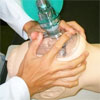
Findings do not support early tracheal intubation for in-hospital cardiac arrest in adults
Decreased survival to hospital discharge was found with the initiation of tracheal intubation compared with no intubation in adult patients experiencing in-hospital cardiac arrest when the tracheal intubation was initiated... read more
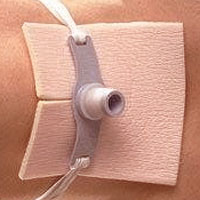
Audible Leak Test Accurate Measure for Tracheal Tube Sizes
The audible leak test is a reliable method for verifying appropriate tracheal tube sizes in infants and children, according to a recent study. Many factors can affect the results of the audible leak test, according to the... read more
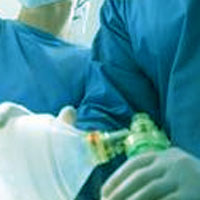
Use of Supraglottic Airways in Patients in the Prone Position
Supraglottic airways (SGAs) may work well for prone spinal procedures of short duration, according to a recent study. But others consider this a dangerous practice. SGA use has been studied in the prone position but with... read more
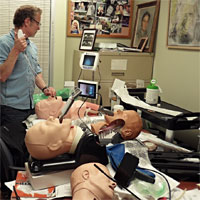
Redirecting Videolaryngoscopy
The debate of VL versus DL is not a new one and most will remember several years ago when respected voices were making strong statements about the impending irrelevance of DL as they hailed a new standard intubation device,... read more
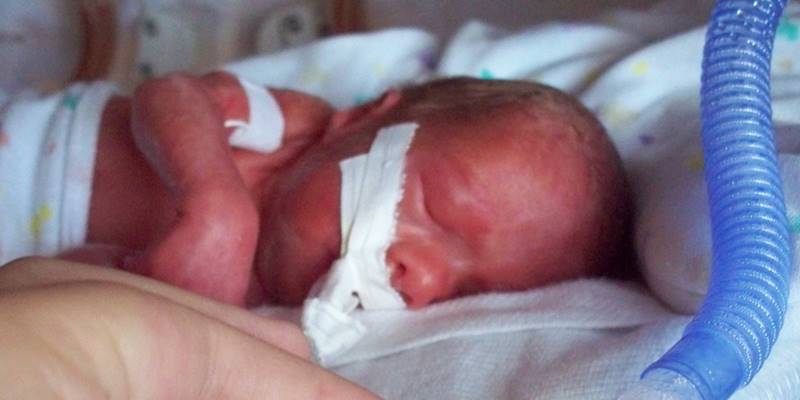
Non-invasive Respiratory Support and Methylxanthines Reduce Re-Intubations
In a meta-analysis of randomized studies evaluating efforts to reduce re-intubations and respiratory failure in preterm infants, non-invasive respiratory support and use of methylxanthines (theophylline, caffeine) were found... read more
Dexmedetomidine Use in Critically-Ill Children with Acute Respiratory Failure
Margaret Parker, MD, MCCM, speaks with Mary Jo C. Grant, APRN, PhD, about the article, "Dexmedetomidine Use in Critically-Ill Children with Acute Respiratory Failure," published in the December 2016 issue of Pediatric... read more

Scoring System Predicts Difficult Airways in Obese Patients
As a result of the literature review, the researchers created a scoring system for independent predictors of a difficult airway in morbid obesity.... read more
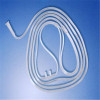
Apnoeic oxygenation via high-flow nasal cannula oxygen combined with non-invasive ventilation preoxygenation for intubation in hypoxaemic patients in the intensive care unit
A novel strategy for preoxygenation in hypoxaemic patients, adding HFNC for apnoeic oxygenation to NIV prior to orotracheal intubation, may be more effective in reducing the severity of oxygen desaturation than the reference... read more
Devil in the details: Endotracheal tube depth
According to Napoleon, "the moment of greatest vulnerability is the instant immediately after victory." In airway management, this instant occurs immediately after placement of the endotracheal tube.... read more

Cricoid Pressure at Lower Forces Does Not Increase Oxygen Consumption
A pilot study has found that patients randomly assigned to cricoid pressure or sham treatment showed no difference in time to lowest peripheral capillary oxygen saturation (SpO2) or lowest SpO2 during anesthesia induction... read more
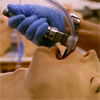
High-Flow Oxygen Not Inferior for Averting Reintubation
For high-risk critically ill patients who have undergone extubation, high-flow conditioned oxygen therapy is not inferior to noninvasive mechanical ventilation.... read more

Alcohol Withdrawal Syndrome
Alcohol withdrawal syndrome (AWS) is present in 20% of all hospital admissions and contributes to at least 30% of critical care admissions.1 Patients who develop AWS require longer hospitalizations and have extensive medical... read more




